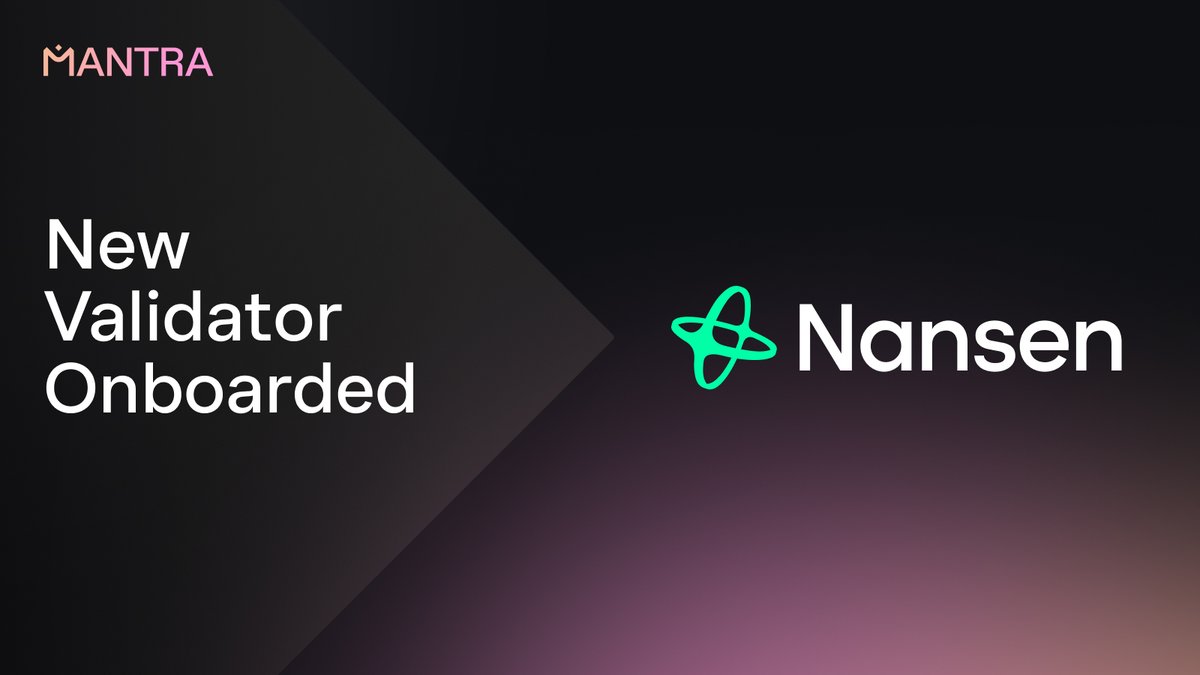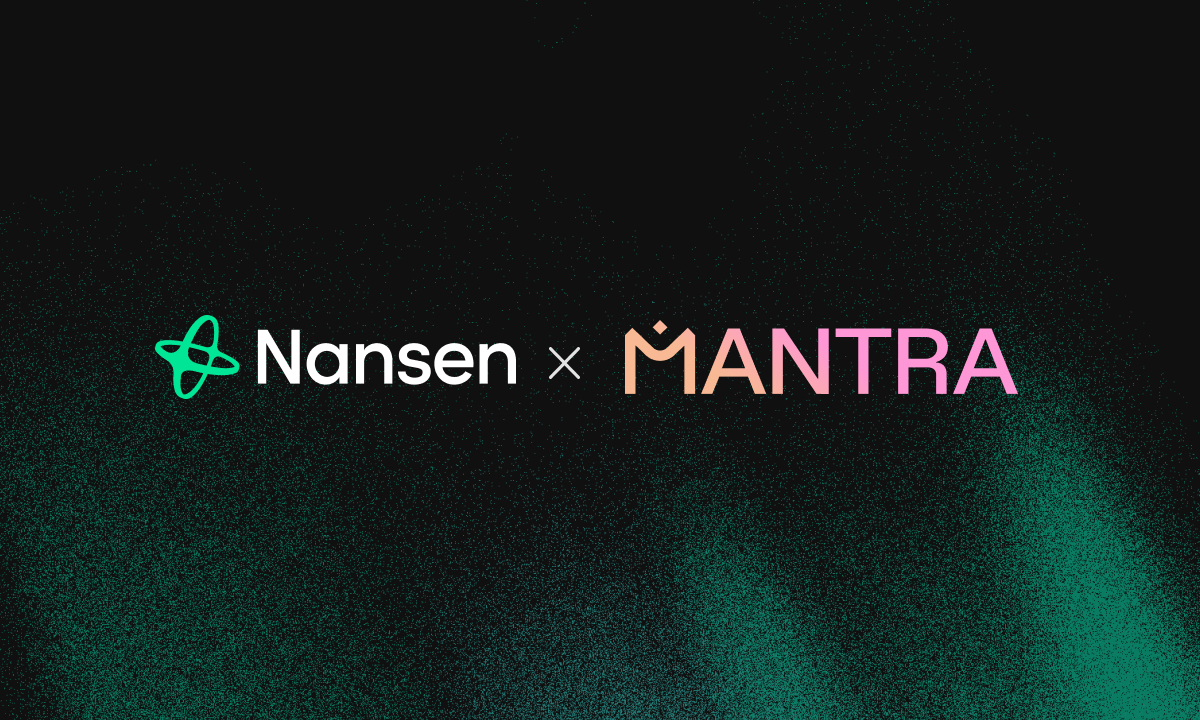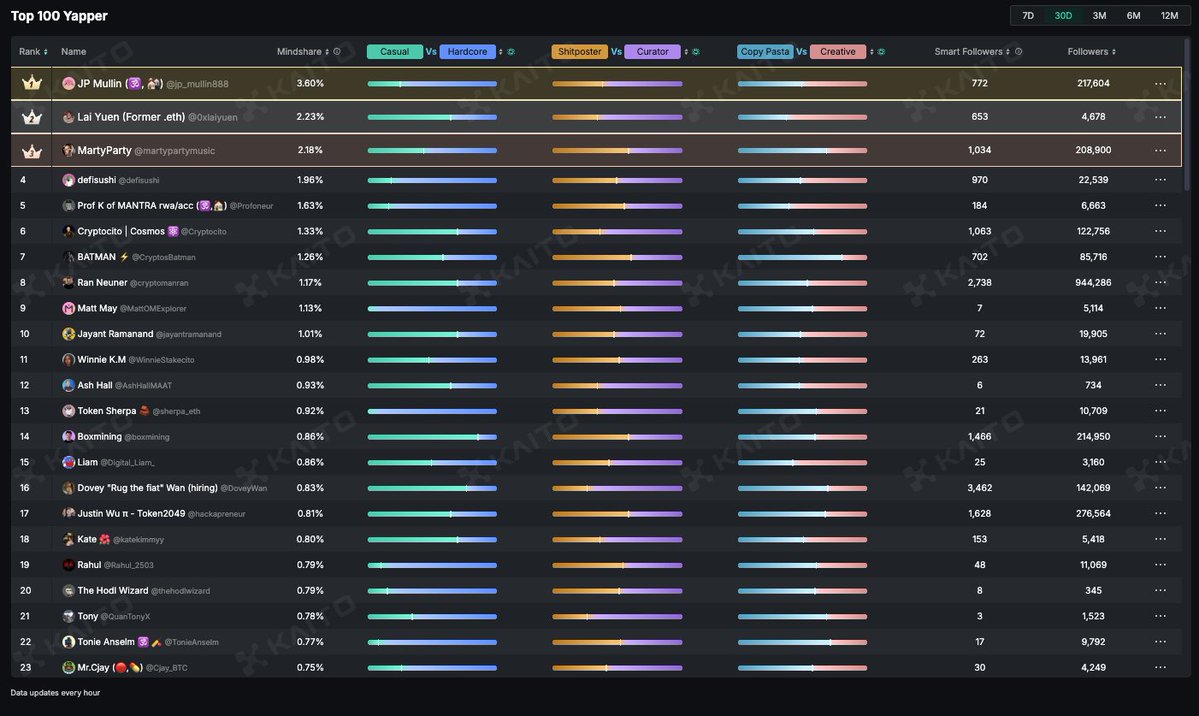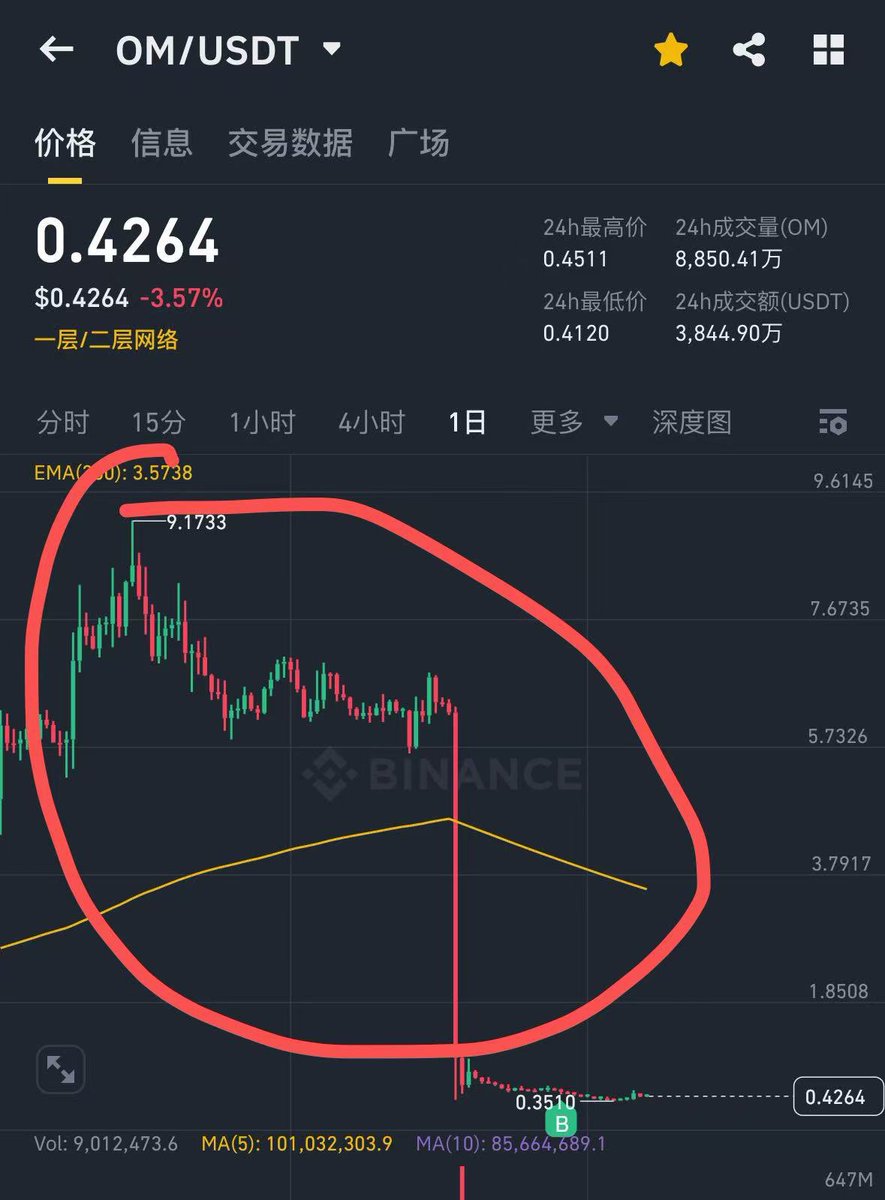
MantraDAO Kurs

Haftungsausschluss
Marktinformationen zu MantraDAO
Marktkapitalisierung = Umlaufmenge × letzter Preis

MantraDAO-Feed

















OM-Rechner


MantraDAO Preisentwicklung in USD
Beliebte MantraDAO-Konvertierungen
| 1 OM in USD | 0,42520 $ |
| 1 OM in EUR | 0,38026 € |
| 1 OM in PHP | 23,7581 ₱ |
| 1 OM in IDR | 7.042,07 Rp |
| 1 OM in GBP | 0,32056 £ |
| 1 OM in CAD | 0,59443 $ |
| 1 OM in AED | 1,5618 AED |
| 1 OM in VND | 11.029,83 ₫ |
Über MantraDAO (OM)
- Offizielle Website
- Block Explorer
Häufig gestellte Fragen zum MantraDAO-Preis
MANTRA ist eine DeFi-Plattform, die den Schwerpunkt auf gemeinschaftsgesteuerte Governance, Absteckung, Kreditvergabe und mehr legt. Es arbeitet auf Parity Substrate für Polkadot und zielt darauf ab, ein dezentrales Finanzökosystem zu schaffen.
MANTRA setzt transparente Governance ein und bietet verschiedene DAO- und DeFi-Dienste an, darunter Treasury-Management, Launchpad, DAO-Governance, Staking, Kreditvergabe und mehr, wobei Benutzer in Entscheidungsfindung und Finanzaktivitäten einbezogen werden.
Sie können OM-Token auf verschiedenen Spot-Handelsmärkten kaufen. Ein Beispiel dafür ist die OKX Krypto-Börse, die Ihnen bietetOM/USDTHandelspaar.
Wenn Sie OM mit Fiat-Währungen kaufen möchten, hat OKX ein Express-Kauf Option, die praktisch ist. Mit der Plattform können Sie auch dieKonvertierenFunktion zur Konvertierung Ihrer überschüssigen Beteiligungen in OM. Alternativ können Sie verwenden, um OM in Fiatgeld zu konvertierenOKX Kryptorechner, um die Umrechnungskurse zu überprüfen.
ESG-Offenlegung
OM-Rechner













